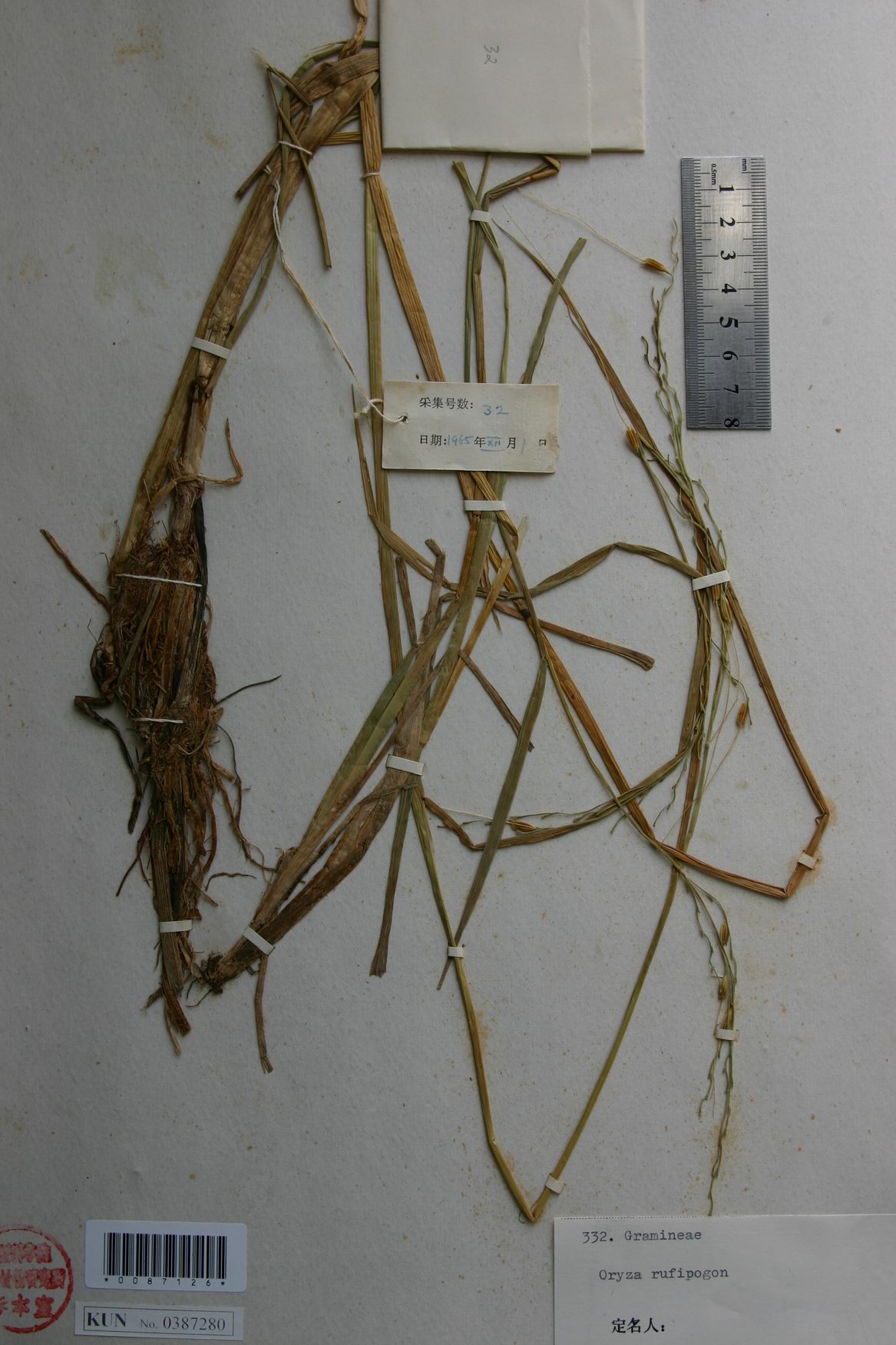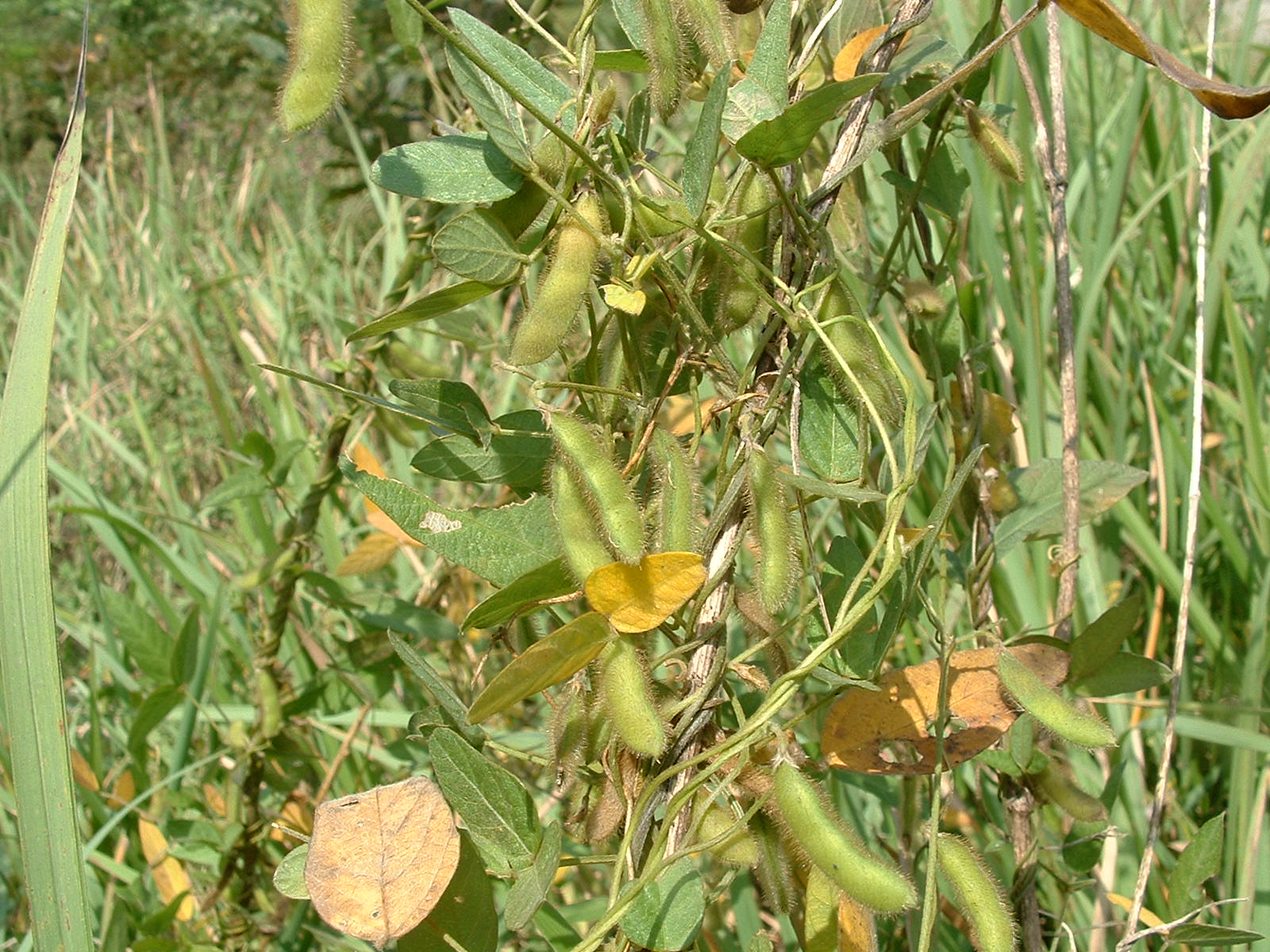Birmingham, United Kingdom
September 8, 2014
With climate change threatening global food supplies, new research claims the rich flora of China could be crucial to underpin food security in the future.
A team from the University of Birmingham and partners in China have identified 871 wild plant species native to China that have the potential to adapt and maintain 28 globally important crops, including rice, wheat, soybean, sorghum, banana, apple, citrus fruits, grape, stone fruits and millet. 42% of these wild plant species, known as crop wild relatives (CWR) occur nowhere else in the world. These findings were presented on Wednesday 3 September at the British Science Association’s press launch for the upcoming British Science Festival.
 CWR are wild plant species closely related to crops which grow under a broad range of environmental conditions in their natural habitats and are therefore much more genetically variable. Their adaptive traits can be transferred to crops to improve tolerance to extreme environmental conditions and exposure to different pests and diseases, which helps sustain food production. Furthermore, they can be utilised to improve the nutritional and marketing qualities of crops.
CWR are wild plant species closely related to crops which grow under a broad range of environmental conditions in their natural habitats and are therefore much more genetically variable. Their adaptive traits can be transferred to crops to improve tolerance to extreme environmental conditions and exposure to different pests and diseases, which helps sustain food production. Furthermore, they can be utilised to improve the nutritional and marketing qualities of crops.
Examples of China’s CWR successfully used to improve crops include: Oryza rufipogon, a wild relative of rice, utilised to confer tolerance to drought and aluminium toxicity; Glycine soja, used to improve protein content in soybean; and Vitis amurensis, a wild relative of grape, which has been used to improve cold tolerance.

Worryingly, of these 871 CWR native to China, at least 17% are threatened with extinction in China and require urgent conservation action. This includes wild relatives of 16 crops that are globally threatened because they do not occur anywhere else in the world.
The flora of China comprises more than 20,000 native higher plant species, a proportion of which have value as gene donors for crop improvement. However, until now, the full range of these potentially valuable CWR species had not been identified.
The research carried out by academics from the University of Birmingham represents a significant contribution to global research in plant genetic resources for food and agriculture, particularly in the fight against the detrimental impacts of climate change on food security. The research in China is based upon methodologies developed and applied by the University’s research team in Europe, but it is the first survey of its kind anywhere else in the world.
Now a comprehensive database of CWR for China exists and the priority species have been identified, the next step is to systematically conserve their diversity in situ and via gene banks to ensure their wealth of resilient characteristics are available to plant breeders.
Shelagh Kell, Research Fellow, School of Biosciences said:
“China has remarkable wild plant diversity. With more plant species than Europe and CWR of globally important food crops, its position as a provider of plant genetic resources for crop improvement is crucial to us all globally. Now that we have identified China’s priority CWR and some of the hotspots in which they occur, stakeholders need to implement a strategy to secure their future.
“Conservation planning and plant breeding knowledge is very advanced but the politics of establishing a network for in situ protection of CWR and for accessing plant material for crop improvement is incredibly complex. However, urgent attention needs to be paid to China’s CWR to ensure that they are adequately conserved, so that this diversity is available for use in crop improvement programmes before it is lost forever.”